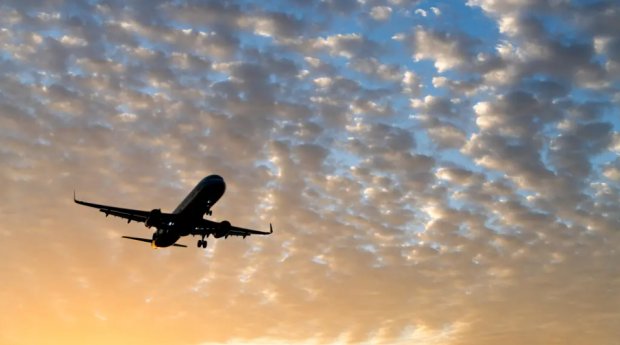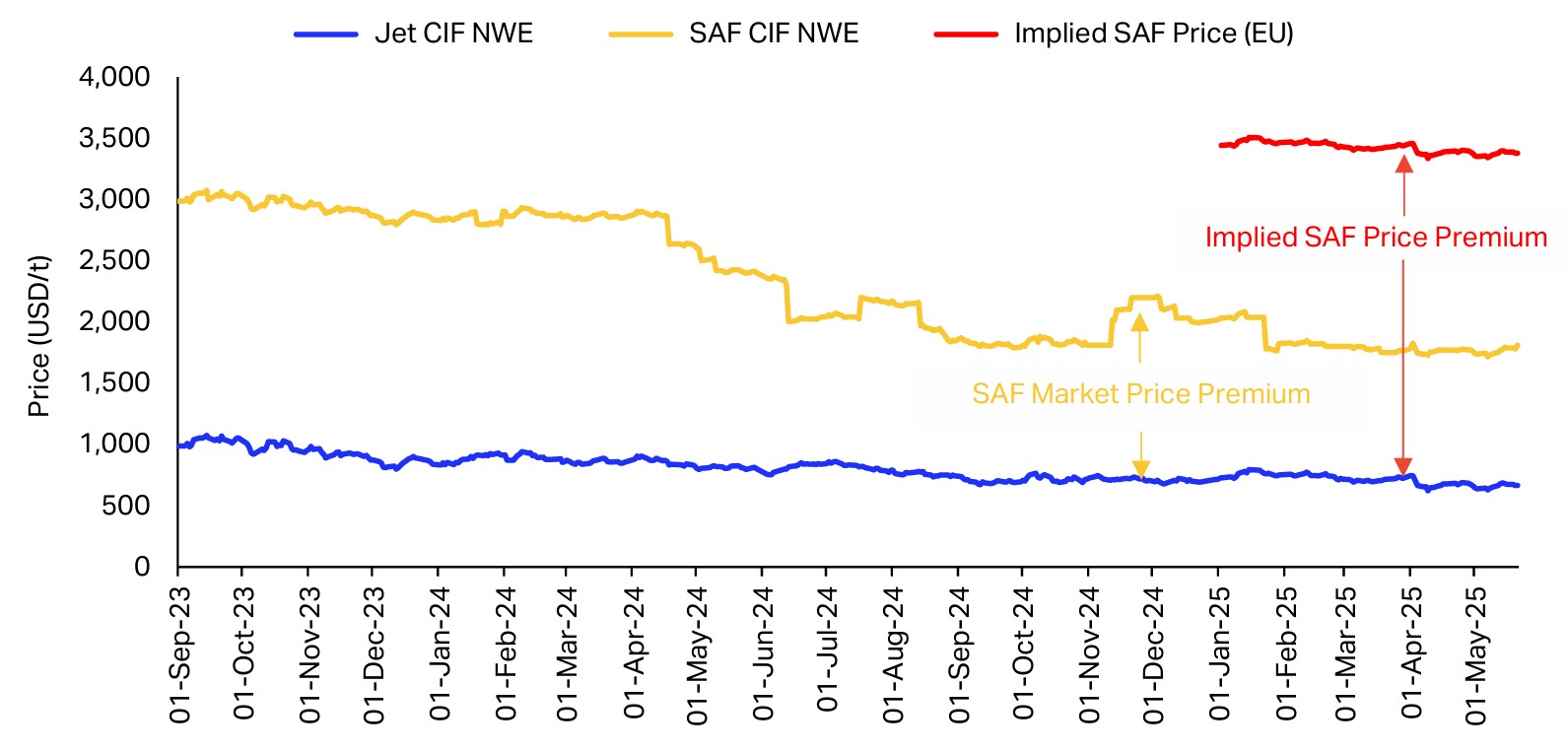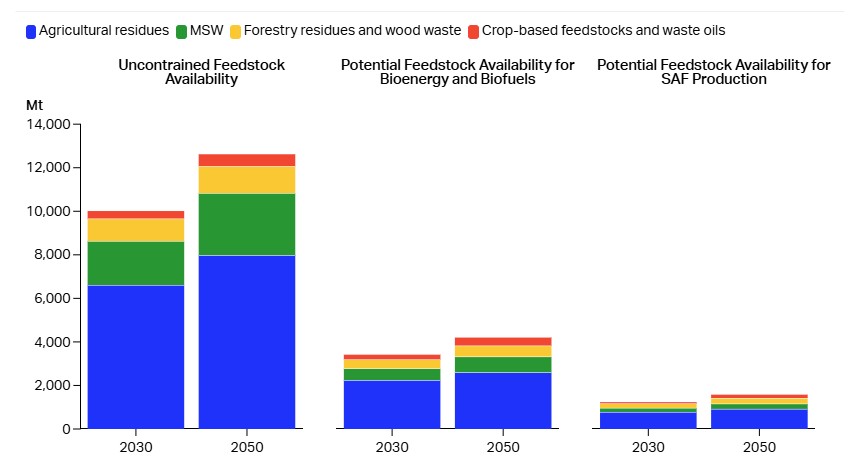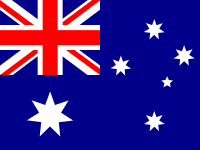Sustainable aviation fuel (SAF): incentives, rather than mandates, could be more effective

IATA boss Willie Walsh says that oil suppliers are "price gouging" when selling airlines sustainable aviation fuel (SAF), which is crucial to aviation's 2050 net zero target.
This is because they are passing on the cost of compliance with EU and UK SAF mandates to their airline customers.
This adds even further to the cost of SAF, already much more expensive than jet fuel.
Moreover, through the law of unintended consequences, it acts as a disincentive to the development of the embryonic SAF market that the mandates are aimed at stimulating.
Mr Walsh argues that European regulators should eliminate SAF mandates.
He may have a point.
Summary
- IATA’s Willie Walsh says SAF suppliers are extracting “additional profit from airlines” and “price gouging”.
- The EU and UK place SAF mandates on fuel suppliers, who pass compliance costs on to airlines, slowing the development of an efficient SAF market.
- The production of SAF, crucial to aviation’s 2050 net zero, is low but rising.
- Biomass feedstocks for SAF are available, but will also be needed for other applications.
- eSAF, or PtL (power-to-liquid technology, will be very important. PtL projects are mainly in the development phase, but numbers are growing.
IATA's Walsh: fuel suppliers are extracting "additional profit from airlines" and "price gouging"
In an interview with Reuters (13-Oct-2025) IATA director general Willie Walsh argued that fuel suppliers were inflating the cost of SAF at EU and UK airports by charging airlines a compliance surcharge.
He argued that suppliers were extracting "additional profit from airlines".
Moreover, he reasoned, the SAF mandates "...have, in effect, facilitated price gouging by fuel suppliers in the name of the environment, and that's completely unacceptable".
Why did he make this claim?
The EU and UK place SAF mandates on fuel suppliers…
The EU and the UK require fuel suppliers to include a mandated percentage of SAF in their jet fuel mix, rising over time.
Both require 2% in 2025, with the UK mandate rising to 10% in 2030 and 22% in 2040. Under the EU mandate, called 'ReFuelEU Aviation', the requirement rises to 6% in 2030, 34% in 2040, and 70% in 2050.
…who pass on the cost of compliance to airlines…
The mandate falls on fuel suppliers, rather than airlines, as does the cost of compliance with it.
However, according to IATA, most fuel suppliers pass on the cost of complying with the regulation through a compliance fee charged to airlines.
The market price of SAF varies significantly, but in 2024 it averaged USD2,350 per tonne, which is 3.1 times the price of jet fuel derived from fossil fuels (source: IATA).
With the addition of compliance fees in Europe, the effective price of SAF is nearly double its market price, according to IATA.
…working against the development of an efficient SAF market
In analysis published in May-2025, IATA observed that fuel suppliers' pricing behaviour "works against the development of a global, liquid, and transparent SAF market, as suppliers avoid contracting for the supply of mandated SAF with airlines".
The airline trade body estimated that airlines in the EU would face an additional cost of USD1.3 billion in 2025 as a result of excess compliance fees. IATA added that this sum could purchase an additional 1.2 million tonnes of SAF and cut an additional 2.7 million tonnes of CO2 emissions.
It estimated that the UK mandate would lead to a missed opportunity to cut an additional 0.8 million tonnes of CO2.
IATA's May-2025 analysis concluded: "Paying more to abate less is unacceptable".
In his recent interview with Reuters, Mr Walsh's language was more forthcoming.
Implied cost of SAF due to compliance fees under ReFuelEU Aviation, from 2023

Source: IATA Sustainability and Economics, S&P Global Commodity Insights, May-2025.
The production of SAF, crucial to aviation's 2050 net zero, is low but rising
SAF is crucial to achieving aviation's goal of net zero carbon emissions by 2050.
Production remains at low levels, at just 0.3% of jet fuel consumption in 2024 - but it is increasing.
In absolute terms, 2024 SAF production of 1Mt was twice the volume of 2023. IATA expects it to double again in 2025 to 2Mt, or 0.7% of world jet fuel use of 311Mt.
Moreover, the number of airlines entering into off-take agreements with SAF suppliers is growing.
According to IATA, from a standing start in 2013, 81 airlines had announced 170 deals by Jun-2025.
Almost 40% of those airlines had more than one agreement.
Biomass feedstocks for SAF are available, but will also be needed for other applications
There are a number of feedstocks (sources) of SAF under the broad heading of biomass, which refers to matter from recently living organisms.
Biomass feedstocks include agricultural residues, municipal solid waste, forestry residues and wood waste and crop-based feedstocks and waste oils.
A Sep-2025 study by IATA and Worley Consulting found that, while biomass availability is substantial, only a small proportion of it is likely to find its way into SAF production.
According to the study, unconstrained feedstock availability will exceed 12,000Mt by 2050 - but only 4,200Mt will be available for bioenergy and biofuels after allocations to other sectors.
Furthermore, after applying a large amount of this to power, heat and biochemicals, only 1,580Mt will be available for SAF production in 2050 (but this is estimated to be a 30% increase from 2030).
Potential availability of global biomass feedstocks for SAF production by 2050

Source: IATA Sustainability and Economics, Worley Consulting.
This feedstock volume converts into 300Mt of SAF in 2050, while 500Mt will be needed to meet the net zero target.
The gap can be closed, in part, if conversion efficiencies improve further - through technology, improved feedstock logistics and better infrastructure.
eSAF, or PtL (power-to-liquid technology) will be very important in reaching targets
A key factor in closing the gap will also be the use of eSAF, which is derived from power-to-liquid (PtL) technology.
PtL fuels are synthetic liquid hydrocarbon fuels produced from renewable electricity, water and carbon dioxide (CO2).
The hydrogen is produced by the electrolysis of water using renewable electricity ('green hydrogen'), and the CO2 needs to be captured from the atmosphere or come from sources that would otherwise be emitted into the atmosphere.
Synthetic fuels are regarded as more scalable, deriving from renewable electricity as their source of energy. They are less dependent on feedstocks than SAF derived from biomass, and lead to greater emissions reductions.
PtL projects are mainly in the development phase, but numbers are growing
PtL projects are mainly still in the development phase.
At the time of IATA's AGM in Jun-2025, 90% of the 60 PtL projects scheduled by 2030 were still at the announcement stage, and only one commercial scale project was under construction (in the US).
Both the EU and UK SAF mandates include targets for PtL, and these have helped to stimulate the growth of PtL projects.
Policies to incentivise SAF, rather than mandate it, could be more effective
Mr Walsh's call on EU and UK regulators to abandon their SAF mandates is not a call to abandon the net zero target.
Rather, it is a plea to remove market distortions that make this already very expensive fuel even more expensive, adding to the cost burden of airlines and dissuading them from purchasing more.
Policy aimed at facilitating and incentivising the supply of SAF, rather than mandating it, could be more effective.
For example, US policy in this area includes SAF production targets, but these are not mandatory. Rather, it features credits and funding opportunities to encourage and reward SAF production.
A supportive policy framework and financial incentives to encourage investors and producers at sufficient scale is vital in Europe.
Producers need support to overcome the technological challenges of SAF production and greater pricing certainty into the future through revenue guarantees.


